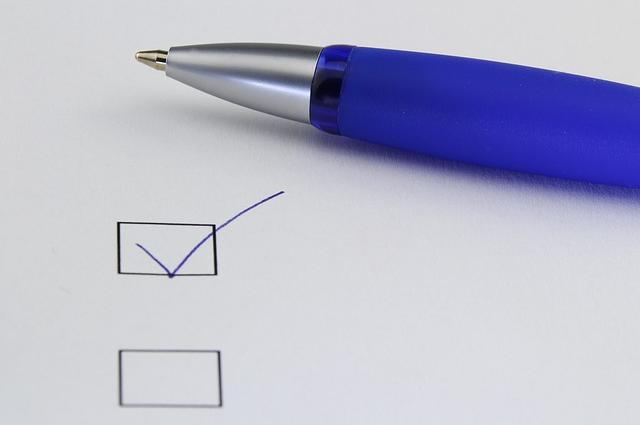Getting Things Done is the classic productivity book by David Allen (also available in a revised and updated version). First published in 2002, it has since spawned an entire culture of productivity that uses Allen’s methodology. There are Getting Things Done apps for your phone, software for your computer, journals and planners. There are books by other authors implementing the methodology in a specific niche. And speaking of books, how does the GTD methodology compare to ROAR?
Open Loops
Getting Things Done was the first productivity book to address the concept of open loops in your brain. Basically, everything that you tuck into your memory with a tag of “I need to do something about…” becomes an open loop. You spend cognitive effort checking and maintaining this mental list. That effort can be better used elsewhere, like in making decisions. So, to get more done, you need to close your open mental loops. You do that by writing down a list of every task that you currently have in your head. Then, you add tasks to your lists as they occur to you. Similarly, you clear out your email and paperwork in-baskets to remove open loops.
ROAR does not give as much attention to open loops. If remembering all of these things is not causing you stress or upset, I see no need to obsess over getting every last thing out of your head and onto paper. The effort of trying to catch every last thought and fleeting to-do is liable to cause more stress and tension than it relieves. However, my book follows the GTD methodology with regard to the specific area of your life presenting you with an obstacle. In that case, it is important to get all the open loops out of your head and onto paper. Not just because they are causing a cognitive drain. But until you see them written down, you may not be aware of some of the thoughts and beliefs that are influencing your reactions. This is part of the Accept step, when you determine what is true.
Getting Things Done Key Concept
The key concept of Getting Things Done is that future tasks should be sorted by where you will accomplish them. And you need to have everything needed for an action on hand when you go to do that action. So, for example, the list of actions to do at your phone might include “Call the plumber”. But why are you calling the plumber? What is the plumber’s phone number? What are the hours of operation? If you have all of that information on hand, in your task list, you can take action immediately. You don’t need to wait before you can do the task.
I used a similar conceit in the Relax (planning) step of ROAR. However, rather than making sure you had everything necessary to take an action, I made sure you had everything necessary to make a decision. Because when it comes to overwhelm, the problem is not too many actions. It’s too many decisions. If you eliminate the decisions, you’ll have more energy for taking actions.



